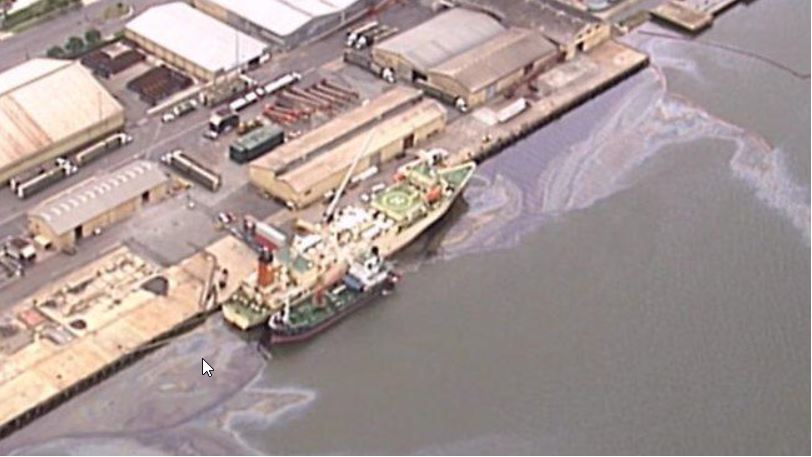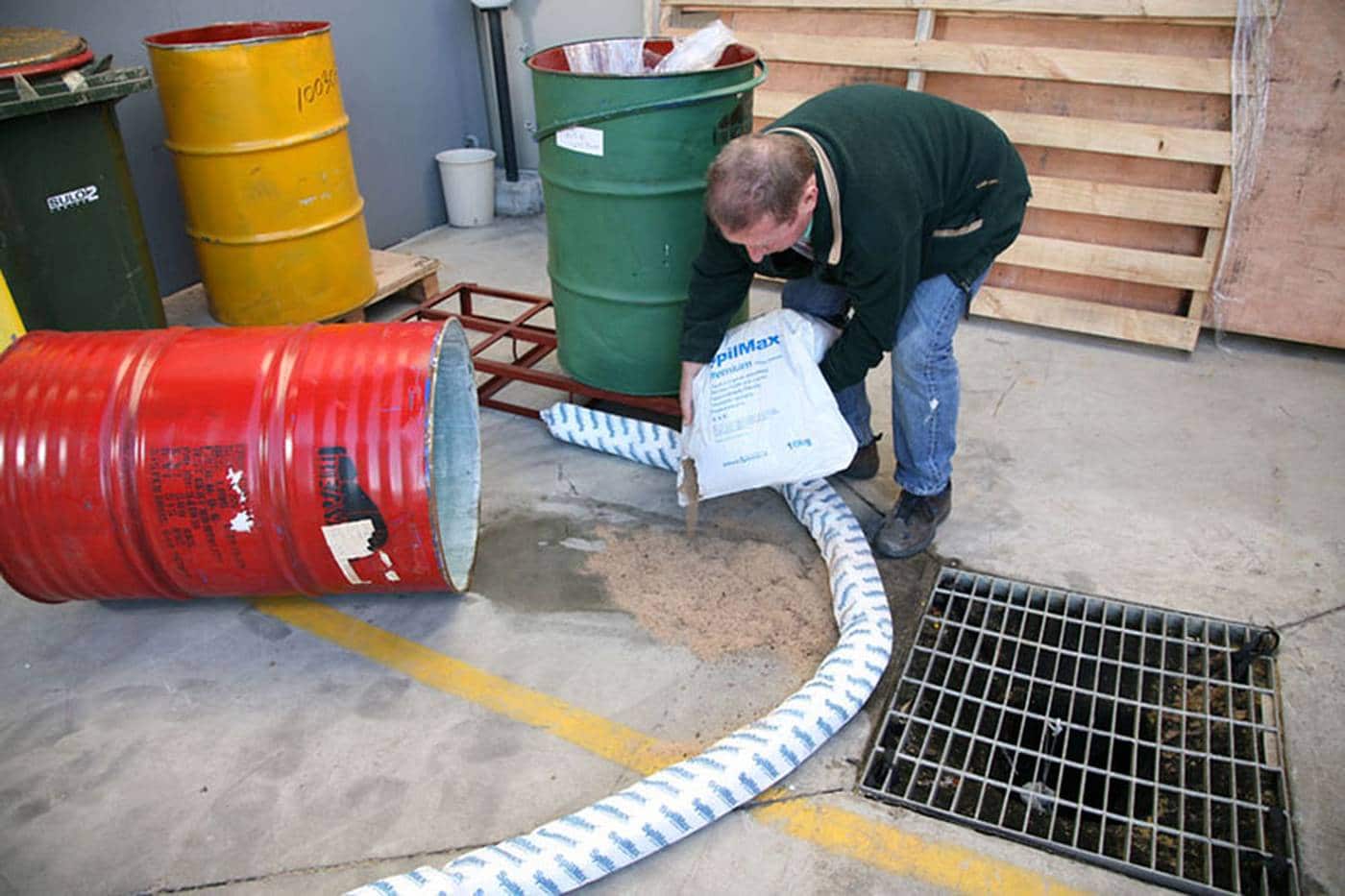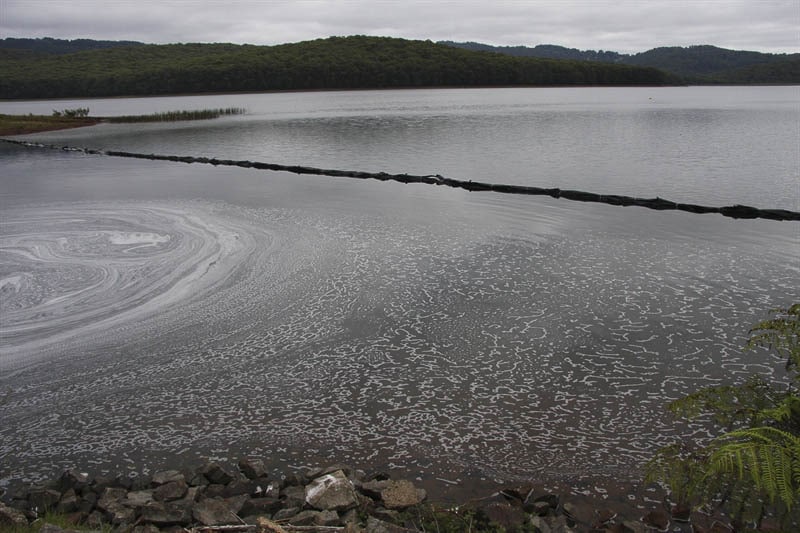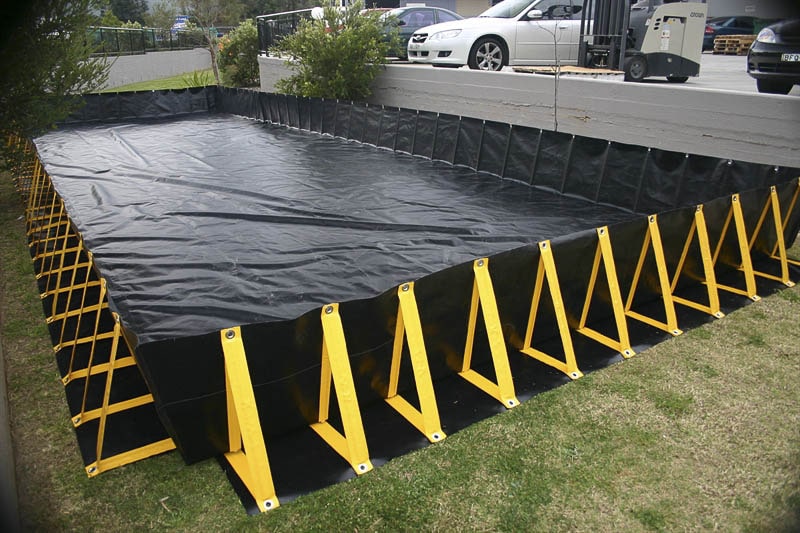
- About
- Products
- Bund Accessories
- Ultra-Self Bailer
- Chatoyer Ground Mats
- Industries
- Case Studies
- Sales
- Contact
Home » Spill Response Products and WWTP Baffles for Utilities and Energy
Among the unique environmental challenges faced by the Utilities & Energy industry, we identify the need for spill response products to be most important. Therefore we have some information about scenarios that could lead to a spill and how to deal with hazardous chemical spills and preventing them.
Secondly, in the case of Waste Water Treatment, Chatoyer has a solution for improving flows and retention times in tanks and settlement ponds.
Spill control and containment products are a must because they make it possible to clean up a spill when it happens. Above all, keep spill control products in the vicinity of any potential spill risk. When preparing for a spill emergency, there are some things to know first. For instance, you will need to know if your organisation already has a plan for responding to spills. After evaluating these plans, you can determine what you will need to have on hand to deal with the spill emergencies.
There are many places you can find information that will help you determine what you need. For instance, spill response guidelines within your organisation or from local authorities. Here are some place you can look:
Once you have learned about spill response plans, then you will have a better idea of what the risks may be in your workplace. Here are some ways to determine what spill response products will be required in your situation:
Sediment ponds, settlement basins and sedimentation tanks can have short circuiting flows. Consequently, performance is less than optimal and can be improved for better waste water treatment efficiency. Performance of these systems directly affect the following process. Therefore, it’s important to evaluate if a change is appropriate and can improve the performance.
In conclusion, we recommend a range of stormwater management, containment and bunding and spill response products. Above all, these recommended products will ensure your organisation protects the environment. Please click on a question relevant to your organisation for more information.
Spills from fueling and operation of vehicles and hydraulic equipment should be contained and require immediate remediation to ensure any hazardous substances do not enter near-by stormwater drain pits or pollute environmentally sensitive areas.
Any spills that enter the stormwater system and pollute the waterways can result in immediate fines to the company and it’s staff. As a result, our stormwater solutions ensure any hazardous substances or debris is captured or contained at the source to protect your stormwater system.
Any spills or leaks of hazardous chemicals should be contained at the source so it can be remediated effectively and ensure the surrounding environment is protected. Bunding and containment products are ideal in liquid storage scenarios. Because they are portable and permanent options there is something to suit almost any situation.
Category: Liquid Containment
In the event of a leak during drilling operations, this could cause large quantities of oil or other hazardous substances to migrate into environmentally sensitive regions of the aquatic stem, if not contained or cleaned up properly.
Improve efficiency and effectiveness of a maturation pond, lagoon, settling basin or any other body of quiescent water.
Sometimes rigid liquid containment systems do not suit the application or the space. Try this economical and flexible option.
Category : Liquid Containment






Looking for product information? Want to discuss your fabrication requirements? Need a quote?
